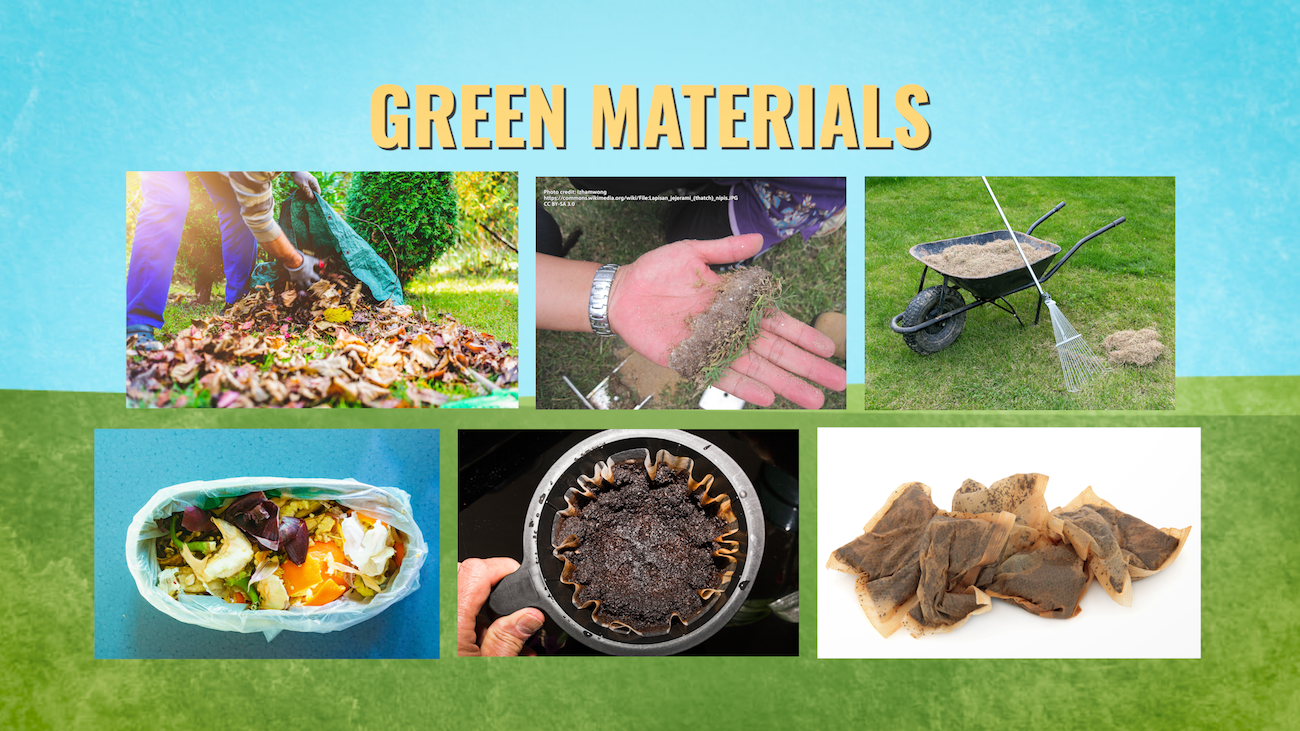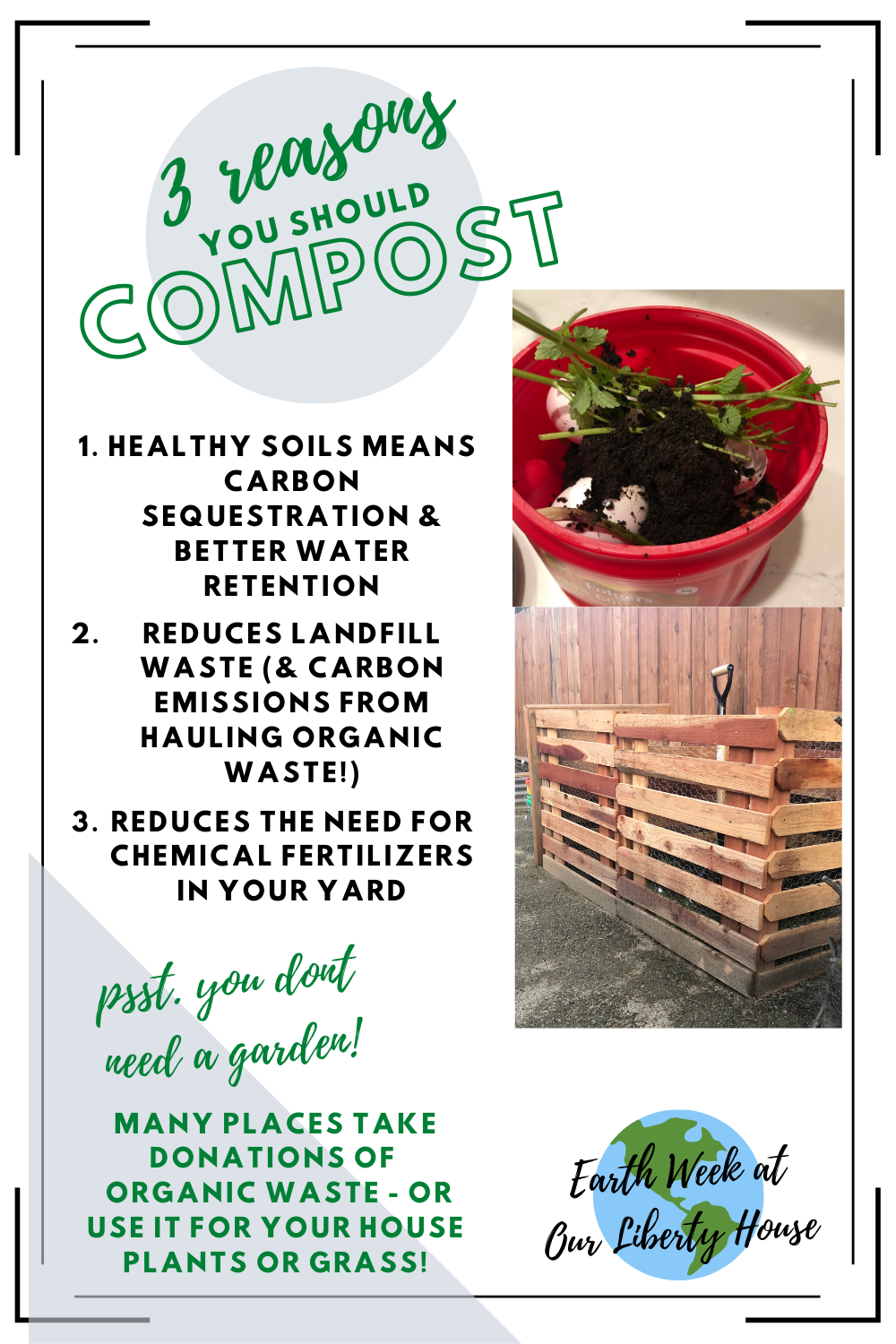Are you ready to turn your kitchen scraps and garden waste into rich, healthy soil? Making compost at home is easier than you think—and it’s one of the best ways to reduce waste while boosting your plants’ growth.
In this step-by-step guide, you’ll discover simple techniques that anyone can follow. By the end, you’ll know exactly how to create your own compost pile that works efficiently and smells fresh. Let’s dive in and transform your waste into something amazing for your garden and the planet!

Credit: www.pbs.org
Benefits Of Home Composting
Home composting offers many benefits for your garden and the environment. It turns waste into rich soil that helps plants grow. Composting reduces the amount of trash sent to landfills. This lowers pollution and saves space. It also cuts down on harmful greenhouse gases.
Using compost improves soil health naturally. It adds nutrients and helps soil hold water better. This means plants stay healthy and need less watering. Compost supports earthworms and beneficial microbes. These creatures keep soil alive and fertile.
Reduces Household Waste
Composting at home cuts down kitchen and yard waste. Food scraps, leaves, and grass clippings become valuable compost. This reduces the trash you throw away. Less waste means less garbage pickup and landfill use.
Improves Soil Quality
Compost adds nutrients to soil. It makes soil soft and rich. Healthy soil grows strong plants. Compost also helps soil keep moisture. This means less watering and better growth.
Saves Money
Making compost at home saves money on fertilizers. It also lowers water bills by improving soil moisture. You spend less on garden chemicals. Compost is a free and natural soil booster.
Supports Environment
Composting cuts methane gas from landfills. Methane harms the air we breathe. Composting recycles organic waste into useful soil. It helps reduce pollution and protect nature.
Choosing The Right Compost Bin
Choosing the right compost bin is key for successful home composting. The bin holds your kitchen scraps and yard waste as they break down into rich soil. Picking the right bin helps speed up composting and keeps your space tidy. Consider the types, size, and the best spot for your bin.
Types Of Compost Bins
Several compost bins suit different needs and spaces. A simple open bin lets air flow freely but may attract pests. A closed bin keeps animals out and holds heat better. Tumblers make mixing easy by rotating the bin. Worm bins use worms to break down food scraps quickly. Choose a bin based on your garden size and how much waste you create.
Size And Placement Tips
Pick a bin size that fits your yard and waste amount. Small bins suit balconies or small gardens. Larger bins work well for big yards with lots of scraps. Place the bin in a dry, shaded spot with good airflow. Avoid direct sun to stop the bin from drying out. Make sure the bin is easy to reach for adding and turning compost.
Materials For Composting
Composting at home needs the right materials. Choosing these materials carefully helps create rich soil. Composting works best when you balance certain types of waste. Knowing which materials to use and which to avoid keeps your compost healthy and odor-free.
Organic waste breaks down faster with the right mix. It also prevents pests and bad smells. Let’s explore the main materials you need for composting.
Greens And Browns
Compost needs two main types of materials: greens and browns. Greens include fresh, wet items like vegetable scraps, fruit peels, coffee grounds, and grass clippings. They provide nitrogen, which helps microbes grow.
Browns are dry, carbon-rich materials. Examples are dry leaves, straw, shredded paper, and small branches. They give energy to microbes and help air flow in the compost.
Mix greens and browns in a 1:3 ratio for best results. Too many greens make compost wet and smelly. Too many browns slow down the process.
What To Avoid
Some items spoil your compost or attract pests. Avoid meat, dairy, and oily foods. These cause bad odors and attract animals.
Do not add diseased plants or weeds with seeds. They can spread in your garden. Avoid pet waste because it may carry germs.
Avoid large pieces of wood or plastic. They take too long to break down. Always chop big materials into small bits before composting.
Setting Up Your Compost Pile
Setting up your compost pile is the first step to turning kitchen scraps and yard waste into rich soil. It does not need to be complicated. A well-organized pile helps materials break down faster and reduces bad smells. You need the right space and the right mix of materials. The goal is a healthy, active pile that cooks your compost efficiently.
Layering Techniques
Start with a layer of coarse materials like small sticks or straw. This layer helps air flow through the pile. Next, add a layer of green materials such as fruit scraps or fresh grass clippings. These provide nitrogen, which helps break down the pile. Follow with a layer of brown materials like dry leaves or cardboard. Browns add carbon and balance the pile.
Repeat these layers until the pile reaches about three feet high. Keep the layers thin, around two to four inches each. Thin layers mix well and prevent clumps. Avoid putting too many wet or dense materials in one spot. This prevents bad odors and slows decomposition.
Maintaining Balance
Balance is key to a healthy compost pile. Aim for a mix of roughly three parts brown materials to one part green materials. Too many greens make the pile wet and smelly. Too many browns slow down the composting process. Keep the pile moist but not soggy, like a damp sponge.
Turn the pile every one to two weeks to add oxygen. Oxygen helps microbes break down materials faster. Check the temperature with your hand or a compost thermometer. Warm piles mean the process is active. Adjust moisture and materials as needed to keep the pile working well.
Managing Moisture And Aeration
Managing moisture and aeration is key to making good compost at home. Too much water makes the pile soggy and smelly. Too little water slows down the breakdown of materials. Air is also important. Microbes need oxygen to work well. Without enough air, the compost can become compacted and smelly. Balancing water and air helps create healthy compost fast.
Watering Guidelines
Check the compost pile regularly for moisture. It should feel like a damp sponge. If it feels dry, add water slowly. Use a watering can or hose with a gentle spray. Avoid soaking the pile. Too much water blocks air flow. Water more often in hot, dry weather. In rainy times, cover the pile to keep it from getting too wet.
Turning The Pile
Turn the compost pile every 1 to 2 weeks. Use a garden fork or shovel to mix it well. Turning adds oxygen to the pile. It stops bad smells and speeds up decomposition. Mix the dry and wet parts evenly. Break up clumps to improve air flow. This simple step keeps microbes active and healthy.

Credit: www.ourlibertyhouse.com
Troubleshooting Common Issues
Making compost at home is simple but can have some common problems. These problems can stop your compost from working well. Knowing how to fix these issues keeps your compost healthy and fast.
Here are some easy solutions for common compost troubles. Follow these steps to keep your compost in good shape.
Dealing With Odors
Smelly compost happens when it is too wet or lacks air. Turn the pile to add air and dry it out. Add dry leaves or shredded paper to absorb moisture. Avoid adding meat or dairy as they cause bad smells. Keep a balance of green and brown materials for fresh compost.
Pest Control
Pests like rodents or flies visit compost for food. Do not add cooked or oily food scraps. Use a closed bin or cover the pile with a lid. Bury food scraps under a layer of brown materials. Keep the compost pile tidy to stop pests from coming.
Slow Decomposition
Slow compost means it needs more air, moisture, or food. Turn the pile often to add oxygen. Water the compost if it is dry but do not soak it. Add more green materials like vegetable scraps for nitrogen. Chop big pieces to help them break down fast.
Harvesting And Using Compost
Harvesting and using compost is a satisfying part of home composting. It turns waste into rich soil that helps plants grow strong. Knowing when compost is ready and how to use it properly ensures the best results for your garden.
Signs Compost Is Ready
Compost looks dark brown or black, like soil. It feels crumbly and soft to touch. There is no smell or only a fresh, earthy scent. You will not see recognizable food scraps or leaves. The pile shrinks and cools down after heating up. These signs mean your compost is ready to use.
Best Practices For Application
Spread compost evenly over garden beds or pots. Use a layer about one to three inches thick. Mix compost gently into the top soil to improve nutrients. Avoid placing compost too close to plant stems. Water the soil after applying compost to help nutrients absorb. Use compost regularly for healthy, thriving plants.

Credit: diyjoy.com
Tips For Faster Composting
Composting at home saves waste and makes rich soil for plants. Faster composting means quicker results for your garden. Some simple tips can speed up the process. Small changes help microbes break down materials fast.
These tips improve heat, moisture, and airflow. They create the right conditions for compost to form quickly. Follow these easy steps to get compost ready in less time.
Balance Green And Brown Materials
Mix fresh green scraps and dry brown items. Greens add nitrogen and moisture. Browns add carbon and air space. A good mix keeps microbes happy and active. Aim for about three parts brown to one part green.
Chop Materials Into Small Pieces
Cut leaves, vegetable scraps, and twigs. Smaller pieces break down faster. They create more surface for microbes to work on. Use scissors or a garden shredder for best results.
Turn The Pile Regularly
Stir the compost every few days. Turning adds oxygen to feed microbes. It prevents bad smells and clumps. Use a pitchfork or shovel to mix it well.
Keep The Compost Moist
Water the pile if it feels dry. Moisture helps microbes grow and digest waste. The pile should feel like a damp sponge, not soaking wet. Too much water slows down composting.
Choose A Warm Spot
Place the bin in a sunny, sheltered area. Warmth speeds up microbial activity. Avoid cold or shady places that slow the process. A warm pile composts much faster.
Frequently Asked Questions
What Materials Are Best For Home Composting?
Use a mix of green (vegetable scraps, grass) and brown (dry leaves, paper) materials. Balance moisture and air for effective decomposition.
How Long Does Home Composting Usually Take?
Composting typically takes 2 to 6 months. The process depends on temperature, materials, and how often you turn the pile.
How Do I Prevent Bad Odors In Compost?
Avoid adding meat, dairy, or oily foods. Turn the pile regularly to provide oxygen and maintain moisture balance.
Can I Compost In Small Spaces Or Indoors?
Yes, use a compact bin or worm composting system. Ensure proper ventilation and manage moisture to avoid odors.
Conclusion
Making compost at home helps reduce waste and enrich your soil. It takes time, but the steps are simple to follow. Use kitchen scraps, yard waste, and air to keep it healthy. Turn the pile often to speed up the process.
Your plants will grow better with natural nutrients. Start small and watch your compost change over weeks. A little effort brings big rewards for your garden and the planet. Keep it steady, and enjoy fresh, rich soil soon. Composting at home is a smart, easy way to help nature.
